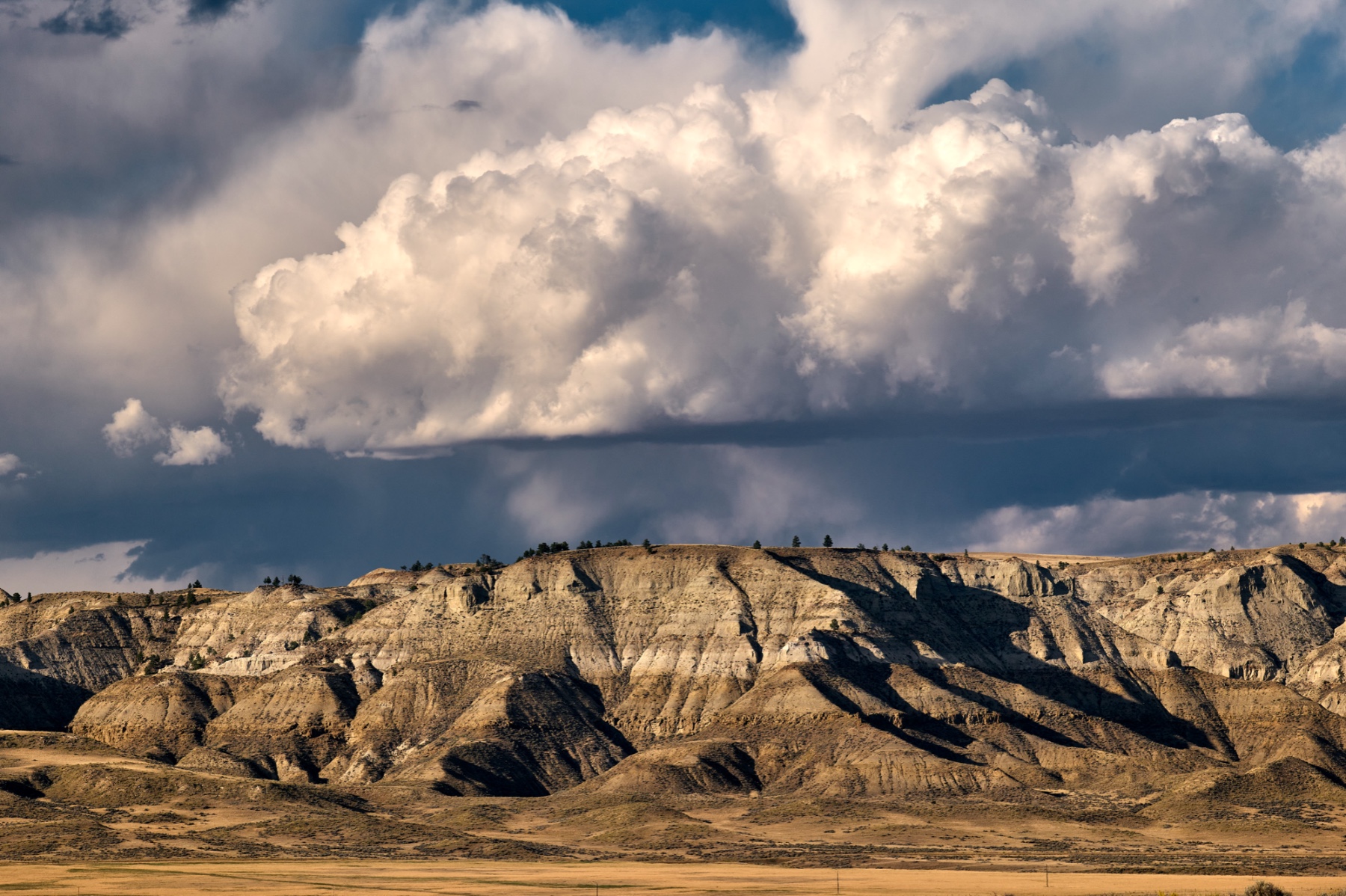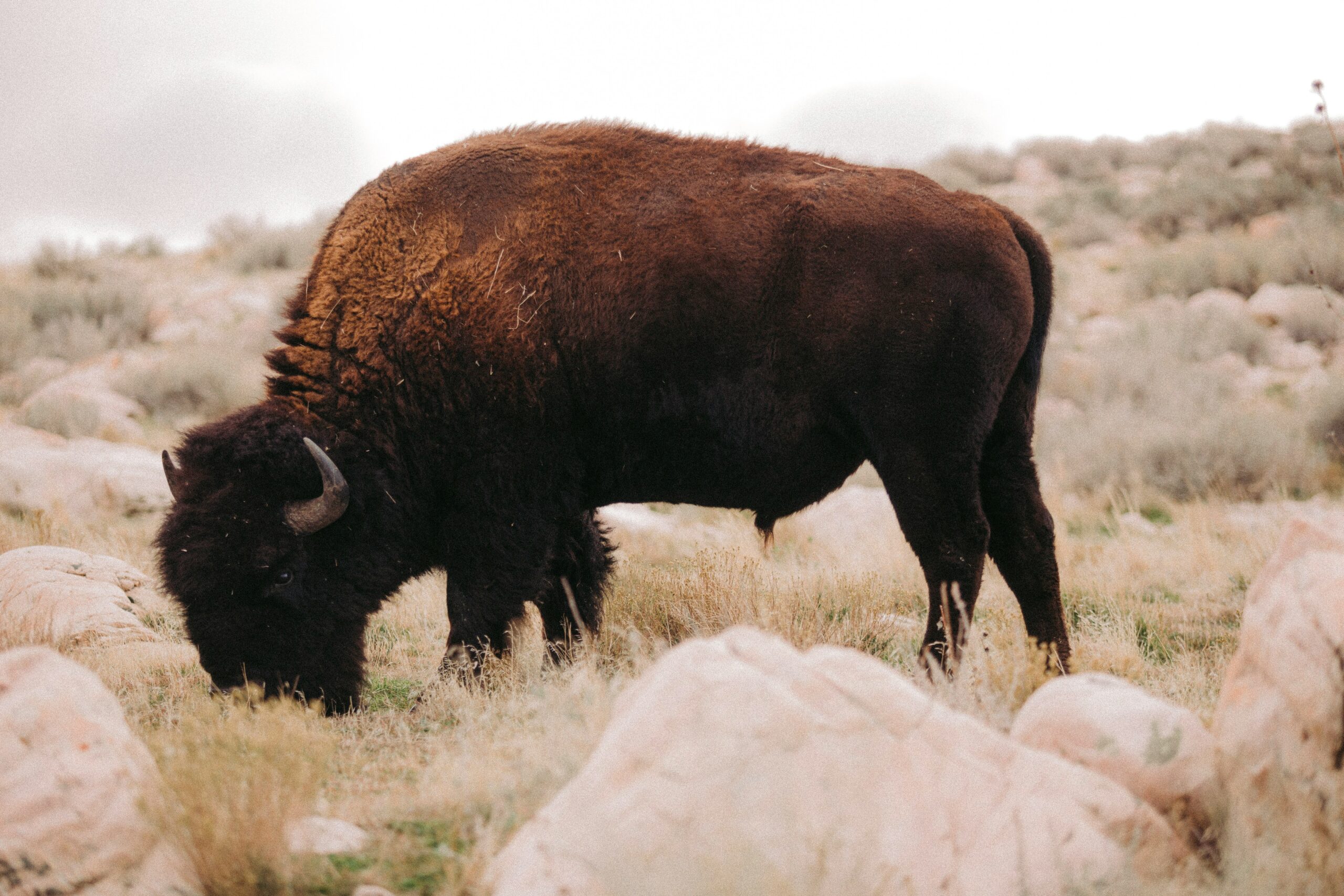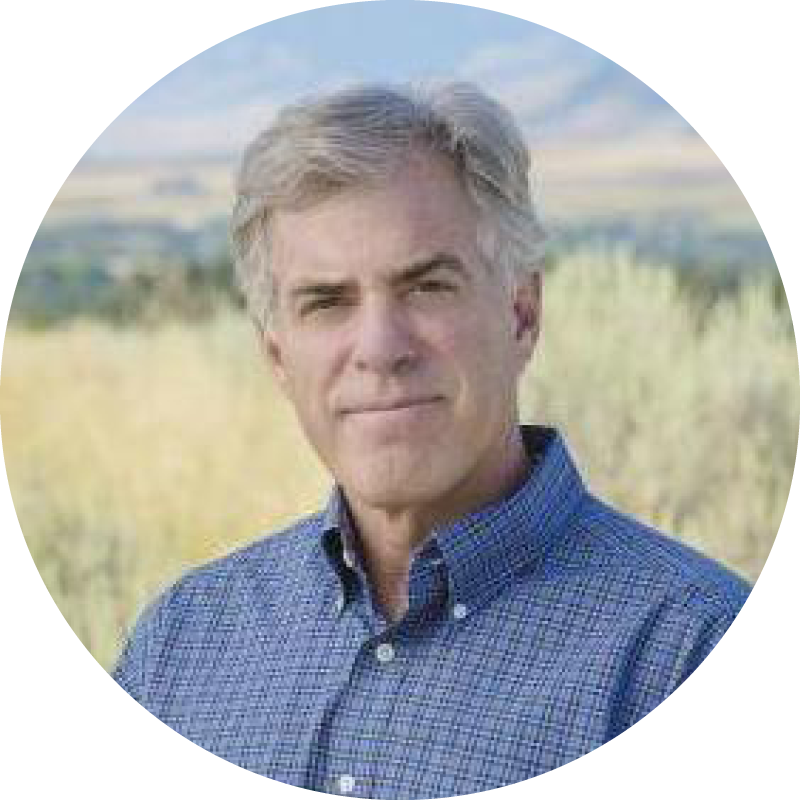Montana, usa
Retrace the natural history and heritage of the American West to experience these great plains as they once were, and be part of a vision to create the largest wildlife reserve in the continental United States.
Retrace the natural history and heritage of the American West to experience these great plains as they once were, and be part of a vision to create the largest wildlife reserve in the continental United States.
CANOE EXPEDITION DOWN THE MISSOURI RIVER
FULL-BOARD THROUGHOUT
PRIVATE CAMP ON THE RESERVE
DAILY HIKES
JEEP EXPLORATIONS
ENGAGEMENT WITH WILDLIFE SCIENTISTS
AIRPORT TRANSFERS
JUNE 2025 – DATES RELEASED SOON
LIMITED TO TEN GUESTS
TRAVEL SUBJECT TO APPLICATION
PRICE ON REQUEST
BASED ON TWO PEOPLE SHARING

The journey begins by canoe down the Missouri River, with two nights spent in a canvas tent under the stars. The dramatic sweeping plains are otherworldly and during spring, bison calves roam through prairie-dog towns and birds soar between the treetops. You will be staying in a mobile camp, waking to a different view each morning and rising to the sights and sounds of the wild around you.
All-inclusive. Excludes international flights.
In 1999, The Nature Conservancy (TNC) published Ecoregional Planning in the northern Great Plains Steppe, which, for the first time, pinpointed specific, critical areas of the northern Great Plains that were the most viable for conserving the existing diversity of plants and animals. In June 2001, The Prairie Foundation was officially formed and, for its first five years, WWF provided on-the-ground scientific support. This included conducting inventories (plants, streams, birds and wildlife) and wildlife migration studies, monitoring and protecting prairie dogs, reintroducing bison, restoring streams and riparian areas. Today, American Prairie is a freestanding Montana-based nonprofit with the specific mission to piece together land which will form a large-scale 3.2million acre reserve.


Sean Gerrity is the founder and retired CEO of American Prairie Reserve, currently serving on the National Board of Directors.
In 2001, he joined conservation biologist Dr. Curt Freese, to embark on a mission to assemble a 3.2-million-acre landscape and reintroduce all the wildlife species that once inhabited Montana’s northern Great Plains. It is an ambitious mission – to create the largest wildlife complex ever assembled in the continental United States.
Sean was born in Great Falls Montana and graduated from Montana State University. He lives with his wife Kayla in Bozeman Montana. Sean co-founded Catalyst Consulting, a successful Silicon Valley business before turning his skills to creating a nature-based legacy on a monumental scale.
In 1999, The Nature Conservancy (TNC) published Ecoregional Planning in the northern Great Plains Steppe, which, for the first time, pinpointed specific, critical areas of the northern Great Plains that were the most viable for conserving the existing diversity of plants and animals. In June 2001, The Prairie Foundation was officially formed and, for its first five years, WWF provided on-the-ground scientific support. This included conducting inventories (plants, streams, birds and wildlife) and wildlife migration studies, monitoring and protecting prairie dogs, reintroducing bison, restoring streams and riparian areas. Today, American Prairie is a freestanding Montana-based nonprofit with the specific mission to piece together land which will form a large-scale 3.2million acre reserve. Their approach is three-fold; acquire habitat, restore wildlife, and share the place with people.
This extraordinary wetland, the largest in Argentina, is home to 30% of the biodiversity in the country including endangered species such as the pampas and marsh deer, the maned wolf and grassland birds like the strange-tailed tyrant.
In 2005, what was to become one of the largest rewilding programs in the Americas was started, with the goal of restoring keystone species that had been extirpated from Iberá through hunting and habitat loss and were extinct in the region, the Province or, in some cases, the country.
As the rewilding program developed, the cultural identity of Iberá began to recover alongside the ecosystems and natural processes, impacting a total population of 100,000 people who surround the park.
Today, Iberá stands as one of the world’s most successful ongoing conservation missions.